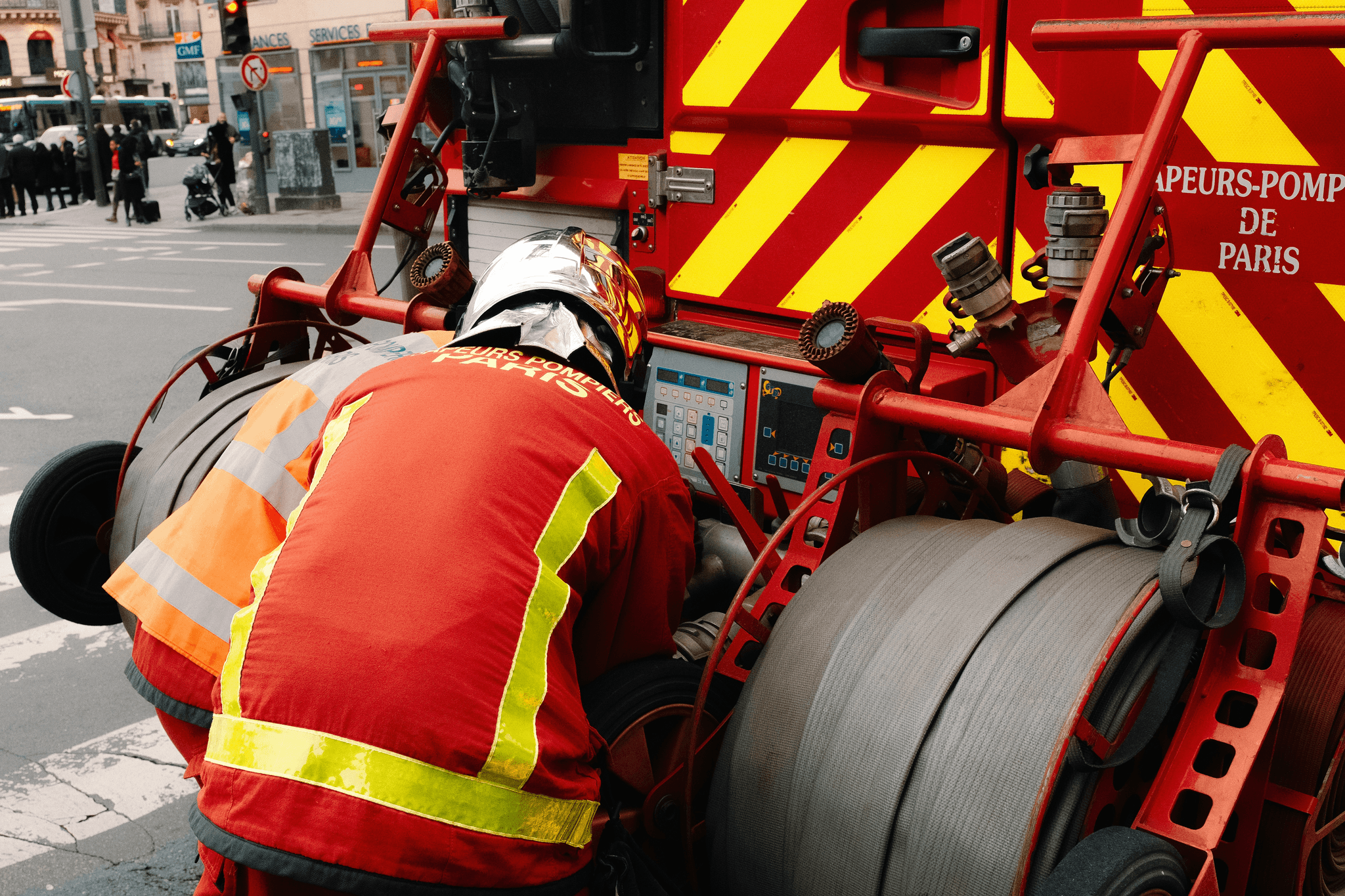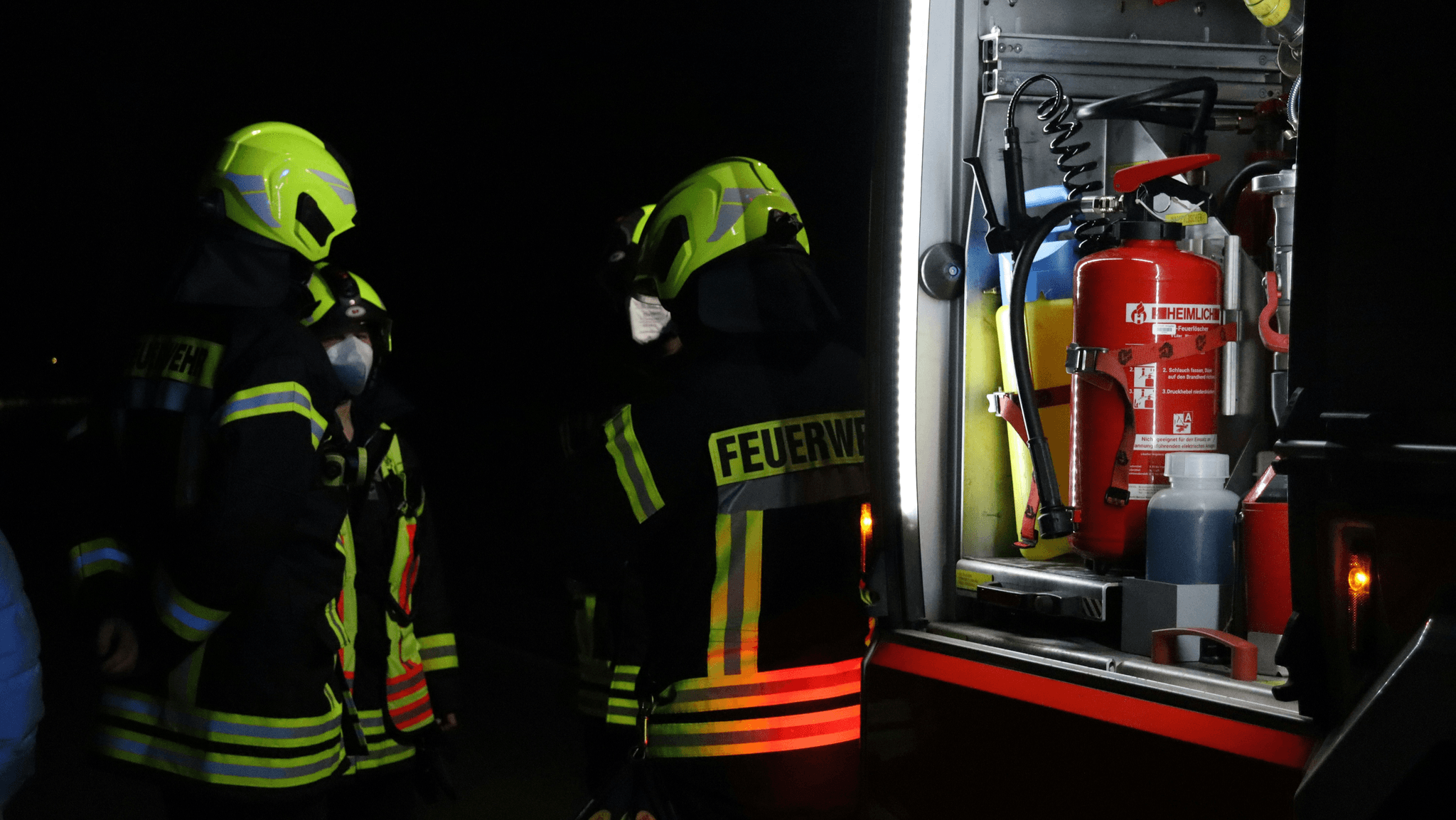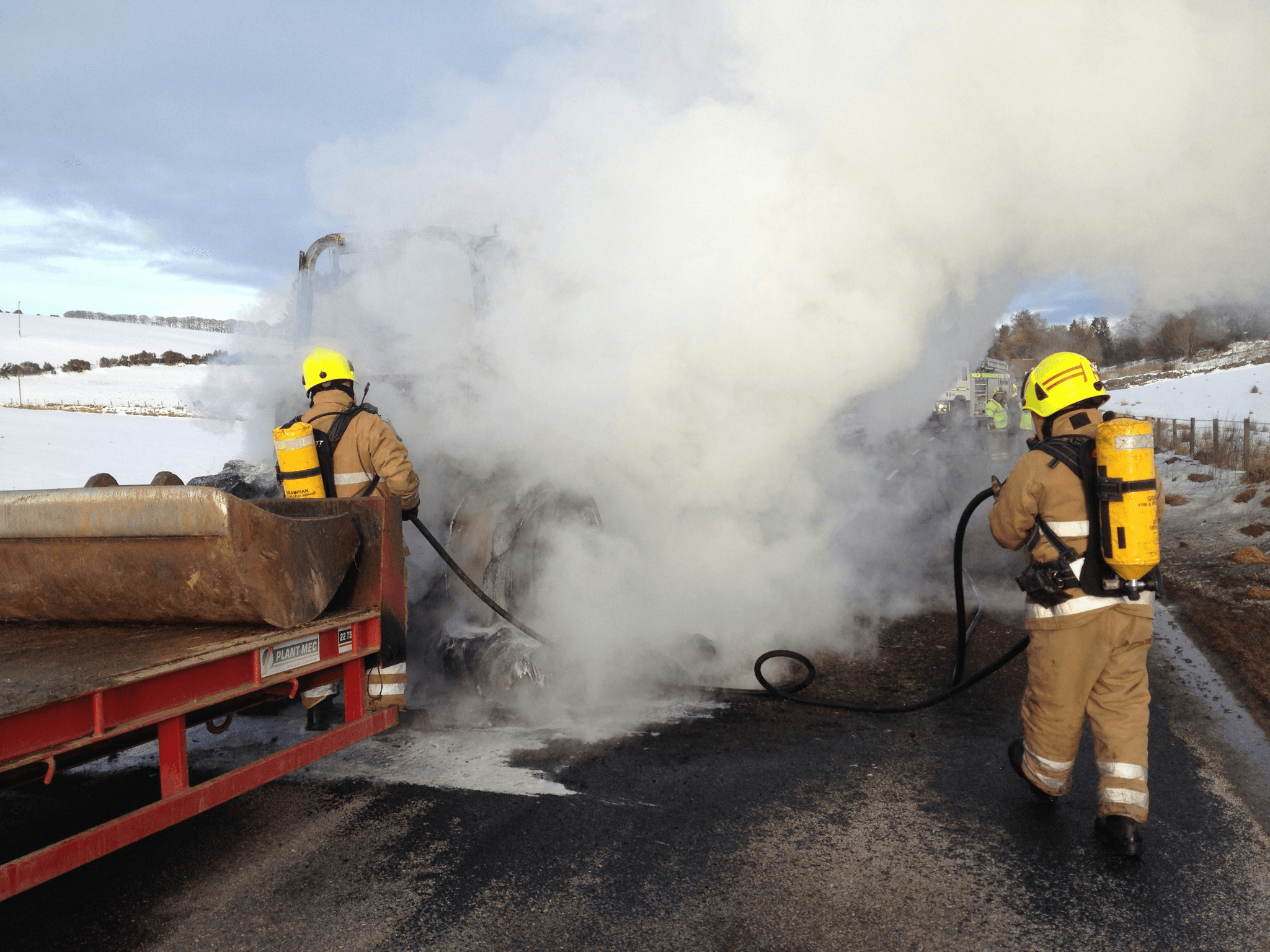Introduction

Understand Fire Fighting Foam Equipment
Fire fighting foam equipment consists of various components designed to generate and deliver foam effectively. This equipment can range from portable units to sophisticated foam tender fire trucks that can cover large areas quickly. By grasping how these systems work, firefighters can better utilize them in emergencies, ensuring they have the right tools at hand when every second counts.
Importance of Foam Fire Trucks
Foam fire trucks are indispensable in modern firefighting strategies, especially when dealing with hazardous materials or large-scale incidents. These specialized fire fighting trucks not only carry significant quantities of foam but also come equipped with advanced pumping systems that allow for rapid deployment under pressure. Their role becomes even more critical during emergencies where quick response times can save lives and property from devastating damage.
Types of Fire Fighting Foam
There are several types of fire fighting foam available, each designed for specific applications and types of fires. Common varieties include AFFF (Aqueous Film Forming Foam), AR-AFFF (Alcohol-Resistant AFFF), and FFFP (Film Forming Fluoroprotein) foams, each tailored to combat different classes of fires effectively. Knowing which type to use can make all the difference; after all, no one wants to be caught trying to extinguish a flaming styrofoam on fire without the right arsenal in their foam truck!
Overview of Fire Fighting Foam Equipment

Key Components of Foam Systems
Foam systems are made up of several essential components that ensure optimal performance when battling blazes. At the heart of these systems is a foam proportioner, which accurately mixes water with foam concentrate to create a suitable solution for extinguishing fires. Additionally, a reliable pump is necessary to deliver the mixture through hoses or nozzles; without it, even the best-equipped foam tender fire truck would fall short in emergencies.
Another critical element is the type of nozzle used on a foam fire truck; different nozzles can produce various types of foam patterns that are effective against specific kinds of fires. For instance, some nozzles generate a fine mist ideal for flammable liquid fires while others create thicker blankets suited for structural fires. This combination ensures that firefighters have all they need at their fingertips when facing challenging situations involving flames and smoke.
How Foam Affects Fire Suppression
Fire fighting foam plays a significant role in suppressing flames by forming an insulating blanket over burning materials—think of it as a cozy shield against heat and oxygen! When applied effectively from a foam truck, it smothers flames and prevents re-ignition by cutting off their access to air. Moreover, using fire fighting foam equipment can often lead to quicker extinguishment times compared to traditional water methods alone.
One fascinating aspect is how different types of foams react with various fuel sources; some foams are tailored specifically for hydrocarbons while others work better with polar solvents like alcohols. The versatility offered by modern firefighting solutions means that firefighters can adapt their tactics based on what’s burning—whether it's styrofoam on fire or hazardous chemicals in an industrial setting. So next time you see those impressive foam trucks in action, remember they’re equipped with specialized tools designed for maximum effectiveness!
Choosing the Right Foam Concentrate
Selecting the appropriate foam concentrate is vital for ensuring successful firefighting operations; not all foams are created equal! Factors such as fuel type and environmental conditions must be considered when determining which concentrate will yield optimal results during an emergency response from a fire fighting truck or any other specialized vehicle like a foam tender fire truck.
For example, Class A foams are excellent for ordinary combustibles while Class B foams excel at handling flammable liquids—this distinction can make all the difference when every second counts during firefighting efforts. Additionally, compatibility with existing equipment should be assessed since some concentrates may require specific delivery systems unique to certain models or brands within your fleet of foam trucks or other vehicles equipped with advanced firefighting capabilities.
The Role of Foam Fire Trucks in Emergencies

Features of a Foam Fire Truck
Foam fire trucks are designed with several key features that enhance their firefighting capabilities. They typically include large storage tanks for foam concentrates, high-capacity pumps, and specialized nozzles that mix air and foam for optimal dispersion. Additionally, many foam tender fire trucks come with integrated monitoring systems that allow firefighters to adjust the foam application rate based on the specific needs of the incident.
Another notable feature is the versatility offered by these fire fighting vehicles; they can operate efficiently in various environments, from industrial settings to wildland fires. Their ability to create a blanket of foam not only extinguishes flames but also prevents re-ignition, making them an invaluable asset during emergencies involving hazardous materials or flammable substances like styrofoam on fire. With these advanced features, foam trucks significantly improve firefighting efforts and enhance overall safety.
Haisen's Foam Fire Truck Specifications
Haisen has made a name for itself with its cutting-edge foam fire truck specifications tailored for modern firefighting challenges. One standout feature is the truck's impressive capacity to carry multiple types of foam concentrates, ensuring adaptability across various emergency scenarios. Haisen’s models often come equipped with powerful pumps capable of delivering high flow rates and pressure levels necessary for effective firefighting operations.
Moreover, these foam trucks are built with durability in mind; they can withstand harsh conditions while maintaining peak performance during critical interventions. In addition to standard equipment like hoses and nozzles designed specifically for foaming operations, Haisen’s vehicles often incorporate user-friendly controls that streamline operation during emergencies—because every second counts when lives are at stake! The combination of innovative design and robust functionality makes Haisen's offerings stand out among other fire fighting trucks.
Advantages of Using Foam Trucks
The advantages of using foam trucks over traditional firefighting methods cannot be overstated; they provide rapid response capabilities that save both time and resources during emergencies. With their ability to quickly deploy large volumes of fire fighting foam equipment, these specialized vehicles can tackle even the most challenging fires effectively—think about how quickly they can extinguish a blaze fueled by styrofoam on fire!
Additionally, using foam reduces water damage significantly compared to conventional water-based suppression techniques since it forms a protective layer over flammable liquids while smothering flames simultaneously. This not only minimizes collateral damage but also helps preserve valuable assets within affected areas—a win-win situation for firefighters and property owners alike! Ultimately, investing in modern foam tender fire trucks enhances operational efficiency while maximizing safety in emergency situations.
Safety Protocols When Using Foam Equipment

Ensuring safety when using fire fighting foam equipment is paramount for effective fire suppression and the protection of firefighters. The unique properties of foam can make it a powerful ally in combating blazes, but it also comes with its own set of risks and responsibilities. Adhering to established safety protocols is essential for minimizing hazards and enhancing operational efficiency.
Personal Protective Equipment Essentials
When engaging with foam fire trucks or any fire fighting truck, wearing the appropriate personal protective equipment (PPE) is non-negotiable. Firefighters should don flame-resistant clothing, gloves, helmets, and eye protection to shield themselves from potential hazards like chemical exposure or extreme heat. Additionally, respiratory protection may be necessary when dealing with certain foam concentrates or during high-risk operations involving styrofoam on fire.
It’s crucial that all team members understand the importance of PPE in safeguarding against injuries while deploying foam from a foam tender fire truck. Regular training sessions should emphasize how to properly wear and maintain this gear to ensure maximum effectiveness during emergencies. Remember, your first line of defense against danger is your gear; don’t skimp on safety!
Handling Foam Concentrates Safely
Handling foam concentrates demands careful attention to avoid accidents or contamination that could compromise firefighting efforts. Always refer to Material Safety Data Sheets (MSDS) for specific information on the chemicals used in various foam products; this knowledge will guide you in safe handling practices. When transferring concentrates into a foam truck's tank or mixing them with water, use appropriate tools and techniques to prevent spills.
Moreover, ensure that all personnel are trained in recognizing hazardous materials associated with different types of foams—this includes understanding how certain concentrates might react if mixed incorrectly or exposed to incompatible substances. Proper storage procedures are equally important; keep foam concentrates away from direct sunlight and extreme temperatures to maintain their efficacy over time. By following these guidelines, you’ll keep both your team and your equipment safe while maximizing the benefits of your fire fighting foam equipment.
Emergency Procedures for Foam Deployments
In any emergency scenario involving a foam truck deployment, having clear procedures can make all the difference between chaos and order. First responders should be well-versed in the established protocols for activating their foam systems quickly and efficiently—time is often critical when dealing with fires fueled by flammable materials like styrofoam on fire! Regular drills simulating real-world scenarios will prepare teams for swift action under pressure.
Additionally, communication plays a key role during deployments; ensure that everyone involved understands their responsibilities as well as those of their teammates while utilizing a foam tender fire truck effectively. Establishing clear lines of communication helps coordinate efforts seamlessly when multiple units are responding together at an incident scene involving multiple types of fires requiring different strategies—like those utilizing both water and foam suppression methods.
Lastly, always have contingency plans ready for unexpected situations such as equipment failure or unforeseen hazards arising during operations—it’s better to be over-prepared than caught off guard! With proper training and adherence to emergency protocols, you can enhance both safety and efficacy when using your valuable firefighting resources.
Maintenance and Care for Foam Fire Equipment

Maintaining foam fire equipment is crucial for ensuring effective fire suppression during emergencies. Proper care not only extends the lifespan of the equipment but also guarantees that it operates at peak performance when needed. Regular maintenance routines should be established, focusing on inspection, cleaning, and troubleshooting to keep your foam trucks ready for action.
Regular Inspection Practices
Regular inspections of fire fighting foam equipment are essential to identify any potential issues before they escalate into major problems. Fire fighting trucks equipped with foam systems should undergo thorough checks every month, examining hoses, nozzles, and tanks for wear or damage. Additionally, inspecting the foam concentrates for proper consistency ensures that they will perform effectively when deployed in emergencies.
Firefighters should also verify that all connections are secure and that there are no leaks in the system. Keeping a detailed log of inspections can help track maintenance history and ensure compliance with safety protocols. Remember, a well-maintained foam tender fire truck is a reliable ally against flames—especially those pesky styrofoam on fire incidents!
Cleaning and Storing Foam Equipment
Cleaning is a critical component of maintaining fire fighting foam equipment after each use to prevent contamination and degradation of materials. Foam trucks require thorough rinsing to eliminate any residue from chemicals or debris; this is particularly important when dealing with different types of foams that may not mix well together. After cleaning, all components should be air-dried before being stored to avoid mold growth or corrosion.
Proper storage conditions play an equally vital role in preserving the integrity of your foam equipment. Store your foam fire truck in a cool, dry environment away from direct sunlight to prevent degradation of plastic components over time. By following these cleaning and storage practices diligently, you can ensure your firefighting gear remains functional and ready for action whenever duty calls.
Troubleshooting Common Issues
Even with regular maintenance, issues can arise with foam fire equipment that require swift troubleshooting to avoid delays during emergencies. Common problems include clogged nozzles or hoses due to dried-up foams or debris buildup; these can significantly hinder performance if not addressed promptly. To troubleshoot effectively, firefighters should familiarize themselves with their specific foam systems' operational manuals so they can quickly identify symptoms and solutions.
If you encounter issues like reduced pressure while deploying foam from your truck, check the pump operation first—this could indicate blockages or mechanical failures needing immediate attention. Additionally, always keep spare parts on hand for quick replacements; this proactive approach minimizes downtime during critical situations involving fires fueled by challenging materials like styrofoam on fire!
Training for Effective Foam Fire Operations

Training is the backbone of any successful fire fighting operation, particularly when it comes to utilizing fire fighting foam equipment. Regular drills not only keep firefighters sharp but also familiarize them with the intricacies of foam systems and their applications in real-world scenarios. When lives are on the line, knowing how to effectively deploy a foam fire truck can mean the difference between disaster and success.
Importance of Training Drills
Training drills are essential for mastering the use of foam trucks, ensuring that every firefighter knows how to operate fire fighting foam equipment efficiently. These exercises simulate emergency situations where foam deployment is crucial, allowing teams to practice coordination under pressure. By regularly engaging in these drills, firefighters gain confidence and proficiency in handling various types of fires, including those fueled by challenging materials like styrofoam on fire.
Best Practices for Firefighters
Firefighters must adhere to best practices when using a foam tender fire truck to maximize safety and effectiveness during operations. This includes understanding the specific types of foam concentrates available and their applications for different fire scenarios. Additionally, maintaining clear communication among team members while deploying foam can significantly enhance operational efficiency and ensure everyone is aware of their roles.
Real-World Scenarios and Solutions
Real-world scenarios often present unique challenges that require quick thinking and adaptability from firefighters using foam trucks. For instance, responding to a chemical spill may necessitate specialized training on handling hazardous materials alongside traditional firefighting techniques with foam equipment. By analyzing past incidents where effective use of a Foam Fire Truck turned the tide, teams can develop solutions that prepare them for future emergencies.
Conclusion

In summary, fire fighting foam equipment plays a crucial role in modern firefighting strategies, particularly when it comes to tackling flammable liquid fires. The effectiveness of a foam fire truck is enhanced by its specialized design and features, which allow for efficient deployment of foam solutions. Understanding the types of foam and their applications can significantly improve the outcomes during emergency situations.
Recap of Fire Fighting Foam Equipment
Fire fighting foam equipment encompasses a variety of tools and systems designed to suppress fires using specially formulated foam concentrates. These systems include everything from portable foam units to sophisticated foam trucks that can deliver large volumes of firefighting agents quickly. The integration of these technologies ensures that firefighters are equipped with the necessary resources to combat challenging blazes effectively.
Best Practices for Using Foam Fire Trucks
When operating a foam fire truck, it’s essential to follow best practices to maximize efficiency and safety. Firefighters should ensure that they are familiar with the specific features and capabilities of their foam tender fire truck before deployment. Regular training drills focusing on proper usage will help teams respond swiftly and effectively when faced with real-world emergencies involving flammable materials.
Enhancing Safety in Fire Emergency Situations
Safety protocols are paramount when dealing with potentially hazardous situations like those involving styrofoam on fire or other flammable substances. Utilizing personal protective equipment (PPE) while handling any type of fire fighting foam equipment is non-negotiable; it protects firefighters from harmful chemicals and extreme heat exposure. By implementing thorough training programs and adhering to established safety measures, fire departments can enhance overall safety during emergency operations involving foam trucks.
